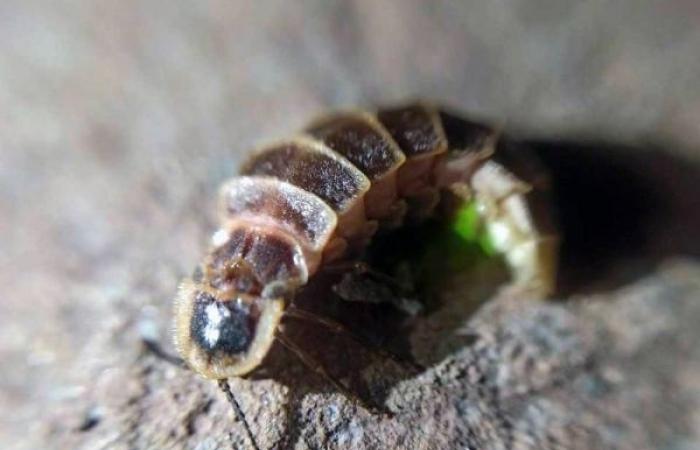We show you our most important and recent visitors news details NYUAD researchers shed new light on mysteries behind emission of fireflies in the following article
Hind Al Soulia - Riyadh - ABU DHABI — A team of researchers from the New York University Abu Dhabi’s (NYUAD) Smart Materials Lab (SML) led by Professor of Chemistry Panče Naumov has conducted an exhaustive review of the scientific literature surrounding the natural production of light, called bioluminescence, and developed conclusions that will help others in the field to direct their research and uncover the mysteries behind this natural phenomenon.
In the new study "The Elusive Relationship Between Structure and Color Emission in Beetle Luciferases," which is featured on the cover of the journal Nature Reviews Chemistry, Naumov and colleagues provide the most comprehensive critical overview of the field of the bioluminescence of beetles, including fireflies, to date.
The NYUAD researchers, including the Naumov group’s post-doctoral associates César Carrasco-López and Stefan Schramm, and undergraduate student Nathan M. Lui, identify the intricate structural factors that govern what color light is emitted by wild-type and mutant luciferases, the enzymes that generate light.
They also demonstrated that it is possible to build a library of bioluminescent enzymes in the future, which will enable researchers to control the color and intensity of light emission by engineering luciferases at will.
"Learning from nature will provide us with tools to engineer luciferases that can emit colors within a large range of energies," said Naumov. "This will eventually help us expand the range of application of these and similar enzymes for some exciting applications in biology and medicine, including early diagnosis and prevention of diseases."
Throughout human’s history, bioluminescence has been an inspiration to scientists, artists, and laypersons. Glowing fungi or ostracods have been used by tribes and soldiers as lanterns to guide their way through jungles without the need of electricity, and fireflies were used by miners as safety lights.
The Nobel Prize in Chemistry in 2008 was awarded for the discovery of the green fluorescent protein, a bioluminescent protein found in the jellyfish Aequorea victoria.
Today, bioluminescence is the basis for a great number of bioanalytical methods, such as cell imaging, cancer research, and control of food contamination, and a way to efficiently convert the energy stored in chemical bonds into light that can be easily detected.
For example, bioluminescence of some bioluminescent bacterial strains is used to monitor water toxicity and contamination. The fluorescent proteins are genetically inserted into cells and animals to analyze important aspects of dynamics of some diseases.
The latest research from the NYUAD’s Naumov team is poised to solve some of the mysteries surrounding the chemistry of bioluminescence and to bring this research closer to applications. — WAM
These were the details of the news NYUAD researchers shed new light on mysteries behind emission of fireflies for this day. We hope that we have succeeded by giving you the full details and information. To follow all our news, you can subscribe to the alerts system or to one of our different systems to provide you with all that is new.
It is also worth noting that the original news has been published and is available at Saudi Gazette and the editorial team at AlKhaleej Today has confirmed it and it has been modified, and it may have been completely transferred or quoted from it and you can read and follow this news from its main source.

